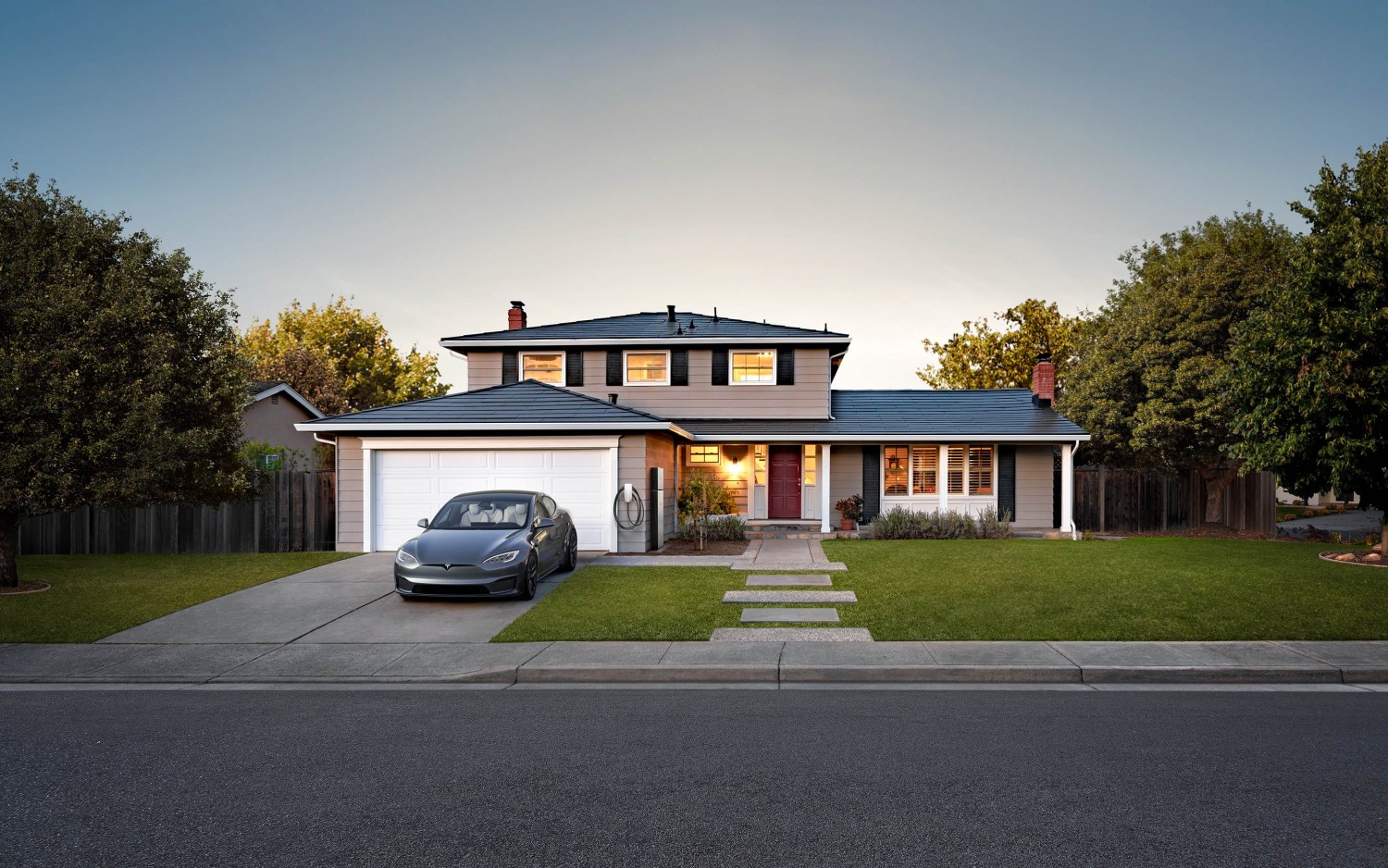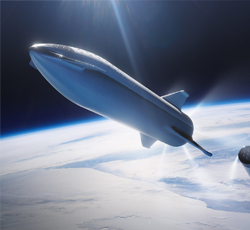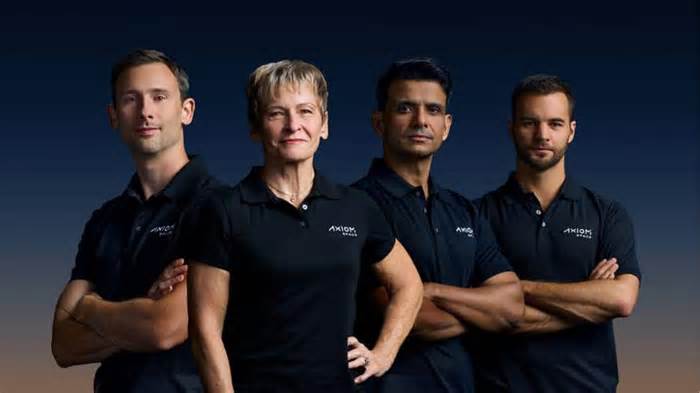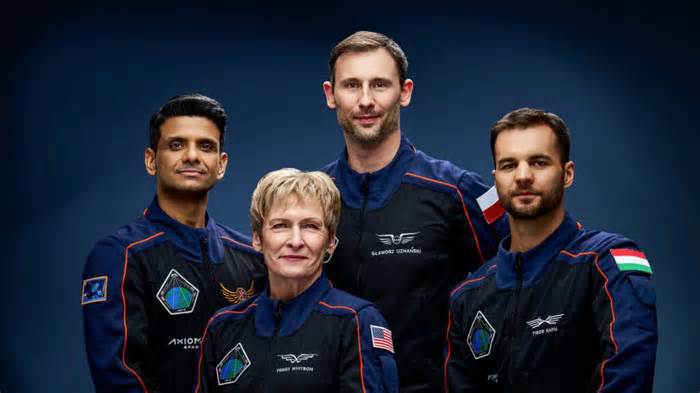
Tesla Model 3 review - Tom's Guide
- by Tom's Guide
- Jul 06, 2017
- 0 Comments
- 0 Likes Flag 0 Of 5

(Image credit: Tom's Guide)
Child locks, the front trunk, glovebox, window locks, mirrors and even the steering column are all controlled from the infotainment screen. It’s very Tesla to opt to swap out the basic aspects of the car for more high-tech options, although personally I felt like this was a step too far. I much prefer the tried-and-tested mechanical options used in other cars.
(Image credit: Tom's Guide)
There’s no shortage of storage with the Model 3, despite the fact that sedans aren’t known for being particularly spacious. But electric car chassis aren’t as bulky, since the battery and electric motors take up less space than an engine and gas tank. So you wind up with 15 cubic feet of rear trunk space, plus an additional 8 cubic feet in the front trunk. The rear seats also fold down, in case you need to transport anything that wouldn’t otherwise fit — like your latest Ikea purchase.
(Image credit: Tom's Guide)
There’s also plenty of space inside the car, with roomy storage compartments underneath the armrest and the front middle divider. Rear leg room isn’t the best, though, so bear that in mind if you regularly take on taller passengers.
Tesla Model 3: Autopilot
Autopilot is Tesla’s breakout feature, and the Basic Autopilot is installed on every single car the automaker sells. This Model 3 was no different, but unfortunately it lacked the $12,000 Full Self Driving option.
Autopilot is a fantastic piece of kit, and does take a lot of the stress out of driving on big roads. Provided there’s a solid lane marker on the road ahead, you just need to flick the lever on the right side of the steering wheel down twice to give control to the car.
But you can see the Autopilot sensors in action before you switch it on, since the Model 3’s display shows what it can see — including cars, trucks, traffic lights, and even trash cans.
(Image credit: Tom's Guide)
Basic Autopilot is able to control steering and acceleration at the same time, meaning the Tesla Model 3 can stay within its lane, turn, maintain a constant speed and keep a safe distance from the car in front — a distance that you can tweak using the steering-wheel dials.
The key thing to remember about Autopilot is that you’re supposed to keep your hands on the wheel, which is a seriously weird feeling. You can let go, but it doesn’t take long for the car to check you’re still attentive, with an alert flashing up on the infotainment screen. If you don’t spot it quickly enough, Autopilot will eventually disengage and the car will slow to a halt.
As great as Autopilot was, though, it was not without its problems. In more than one instance, Autopilot noticed the brake lights from a car in the adjacent lane, and threw its own brakes on in response even though the lane ahead of me was completely clear.
Similarly, Autopilot doesn’t seem to handle turns in the road that well, not like a human driver at any rate. At one point during my drive, I had to retake control because Autopilot was going around some tight turns far too quickly, and it felt like the Tesla was going to end up clipping the opposing traffic. Autopilot also struggled to recognise that highways have turns and that the semi trucks ahead of me were not trying to occupy my lane.
In other words, don’t treat Autopilot like a full autonomous driving system, regardless of what you think the name might suggest. Incidents like this do emphasise just how far away truly independent driverless vehicles are.
Tesla Model 3: Tech and infotainment system
Tesla has gone big on the technology, way beyond what Autopilot has to offer. The most obvious example is how the company has ditched almost all of the interior buttons and dials in favor of a central 15-inch touchscreen display to control nearly everything.
(Image credit: Tom's Guide)
There are a couple of dials on the steering wheel used for several different features (including audio control), but the majority of the car's controls require you to use the touchscreen.
That is my biggest gripe about the Model 3, Tesla, and all the other car companies copying this design. It’s essential that you keep your eyes on the road when you’re driving, which gives physical buttons the advantage.
In most cars, you can easily hit the A/C button by touch alone all while your eyes are looking straight ahead. By contrast, a touchscreen is smooth, glossy and offers no way for you to discernibly feel what you’re doing without needing to take your eyes off the road and look at the screen.
(Image credit: Tom's Guide)
Even the slightest lapse in driving concentration can make you a danger to people in or near your car. It feels like everyone at Tesla was so focussed on including as much touch-screen technology as they could that nobody thought to check whether it was a good idea.
There are voice controls in the Model 3, but it’s not immediately obvious how you activate them. The only saving grace is that the actual voice commands are pretty self-explanatory.
When you’re not driving, the infotainment system is pretty easy to use. It’s very much like using a phone or tablet, even down to the copious number of settings menus you can sift through to get to whatever feature you need.
(Image credit: Tom's Guide)
The key features are kept pretty front and center, especially the ones you’d need to use while driving: climate control, audio, navigation, and so on.
Tesla’s infotainment system also includes a bunch of frivolous features you don’t really need: ‘Emissions mode’ that lets you activate a virtual whoopee cushion on demand, the ability to play mini-games (there are no AAA titles in the Model 3), a web browser, video streaming, and a feature that turns your navigation screen into the surface of Mars. It's the kind of stuff you may mess about with when you’re parked, but not the kind of thing you want on when you’re driving.
Image 1 of 2
Please first to comment
Related Post
Stay Connected
Tweets by elonmuskTo get the latest tweets please make sure you are logged in on X on this browser.






 Energy
Energy


















